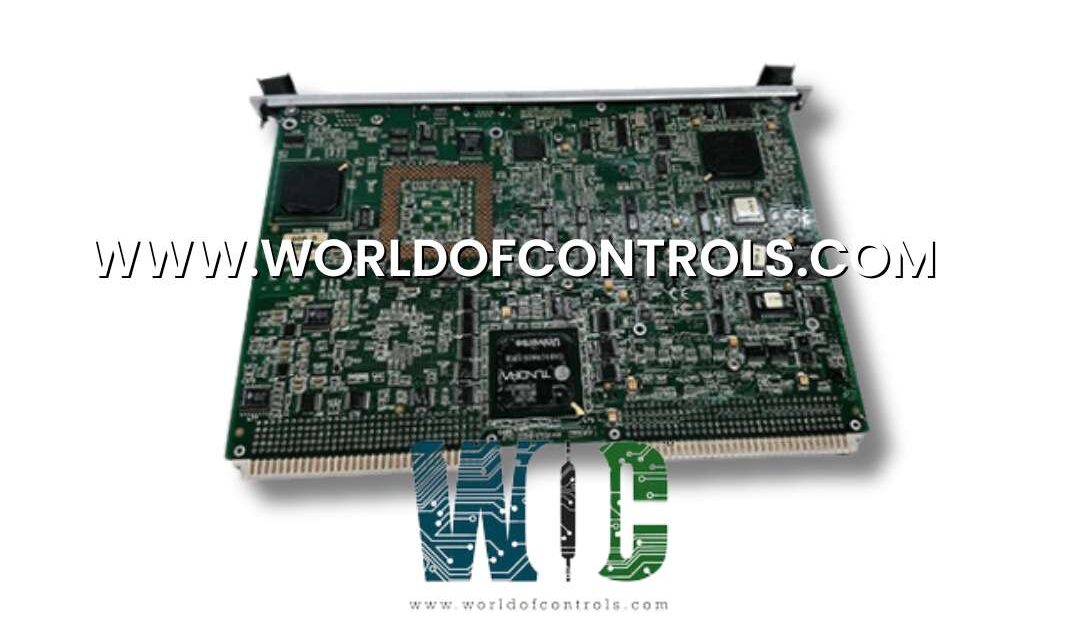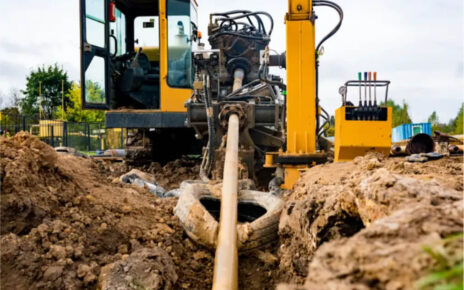Industrial automation has undergone a rapid transformation in recent years. From power generation plants to large-scale manufacturing facilities, modern operations require control systems that can handle thousands of signals, manage diverse devices, and respond to evolving demands. At the heart of this challenge lies the ability to expand capacity without disrupting operations or incurring excessive costs. This is where I/O Expansion Boards come into play. Components such as the IS210SCSAS1A are specifically engineered to extend the input and output capabilities of control systems, providing a modular path for scalability while maintaining reliability and efficiency.
Challenges in Control System Design
Every industrial control system begins with a controller, whether a PLC, DCS, or specialized unit. While powerful, these devices typically ship with limited I/O capacity. As facilities expand and additional devices are added—such as sensors, actuators, and monitoring systems—this limitation becomes a bottleneck.
Some common challenges include:
- Limited Native I/O Capacity – Many controllers cannot handle the volume of devices required in modern operations.
- Downtime Risk – Expanding a system without modular solutions often involves halting production, which is costly and disruptive.
- Complex Wiring – Adding devices without structured expansion creates tangled wiring, increasing the chance of errors.
- Performance Bottlenecks – Overloaded systems risk delays, data loss, and reduced operational efficiency.
The result is a growing need for reliable, modular solutions that can address these challenges directly.
What an I/O Expansion Board Does
The IS210SCSAS1A is designed to resolve these challenges by adding additional input and output channels to the control system. Acting as an extension of the controller, the board enables seamless integration of more devices while ensuring accurate communication between field equipment and the control logic.
Core Functions Include:
- Expanding I/O Channels: Extends capacity to manage more sensors and actuators.
- Supporting Signal Types: Handles both analog and digital inputs and outputs.
- Simplifying Integration: Provides a structured, reliable way to expand without redesigning the system.
- Maintaining System Integrity: Ensures data accuracy and stability even as the system scales.
In essence, I/O Expansion Boards like the IS210SCSAS1A allow facilities to keep pace with operational growth without the need for full-scale system replacements.
Benefits of I/O Expansion Board
The inclusion of I/O Expansion Boards brings several tangible benefits:
- Scalability
Expansion boards provide a modular pathway for growth. Organizations can scale their control systems as needed without incurring the high costs of replacing existing infrastructure. - Flexibility
With support for both analog and digital signals, expansion boards can be tailored to a wide range of industries and applications. - Reliability
Industrial-grade boards like the IS210SCSAS1A are built to withstand harsh environments while maintaining consistent performance. - Efficiency
Structured expansion reduces wiring complexity, minimizes installation errors, and streamlines system architecture.
Applications Across Industries
I/O Expansion Boards find use across a diverse set of industries:
- Power Generation
In turbine monitoring and excitation systems, expansion boards ensure seamless integration of new sensors and actuators as facilities modernize. - Process Industries
Oil and gas, chemical processing, and steel plants rely on thousands of signals to monitor variables like temperature, pressure, and flow. Expansion boards provide the necessary capacity to manage this complexity. - Manufacturing and Robotics
As factories embrace robotics and advanced automation, expansion boards support motion control, quality inspection, and integration of new devices. - Utilities and Infrastructure
In applications such as water treatment, smart grids, and urban infrastructure projects, expansion boards allow systems to grow in line with rising demand.
Future Outlook
The role of I/O Expansion Boards will continue to expand as industries move toward smarter, more connected systems. Several key trends are shaping the future:
- IoT Integration – Boards will increasingly support connectivity with IoT devices, enabling remote monitoring and advanced analytics.
- High-Density Designs – Newer boards will offer more channels within compact footprints, optimizing space utilization.
- Built-in Diagnostics – Expansion boards are evolving to include self-monitoring features that predict failures before they occur.
- Industry 4.0 Alignment – As digital transformation accelerates, expansion boards will play a central role in enabling flexible, data-driven operations.
Conclusion
The IS210SCSAS1A I/O Expansion Board exemplifies the value of modular design in industrial automation. By addressing the limitations of native control hardware and providing a reliable path for scalability, it ensures that industrial systems can keep pace with evolving demands.
In environments where downtime is costly and reliability is non-negotiable, I/O Expansion Boards offer a practical solution—one that protects existing investments while enabling growth and adaptability. As industries continue to embrace digitalization and smarter infrastructure, these boards will remain an essential element of future-ready control systems.
Check Also – IS200EISBH1AAA – Exciter ISBus Board
Read Also on – postmyblogs




